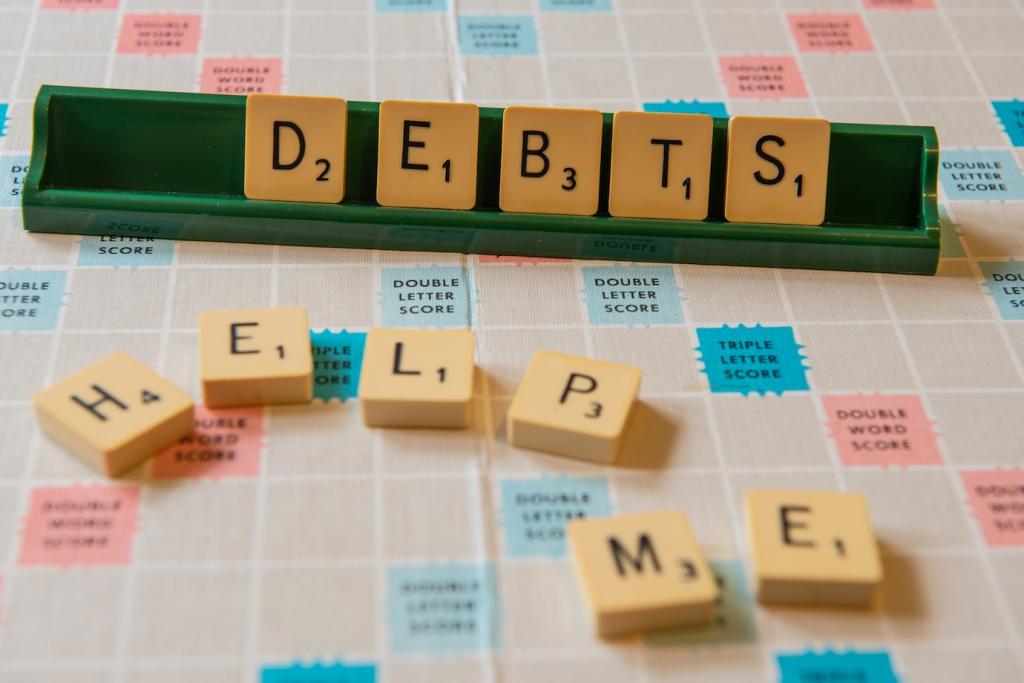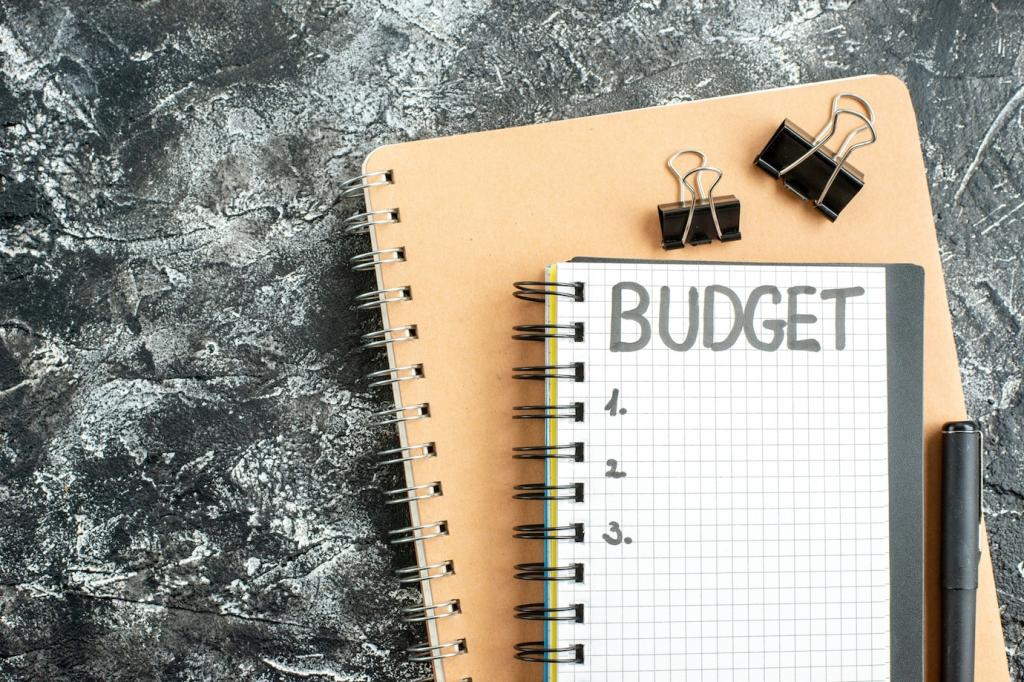Mindset, Community, and Accountability
Set twice-monthly money dates: reconcile invoices, top up your cushion, and review progress. Keep the ritual short, consistent, and kind. Consistency compounds confidence, which makes it easier to say no to misfit projects and protect your reserves.
Mindset, Community, and Accountability
Join a small accountability group. Compare targets, discuss setbacks, and celebrate milestones. Hearing real numbers normalizes the process and reduces shame. Invite a friend to this blog and build your emergency fund systems alongside each other this quarter.








